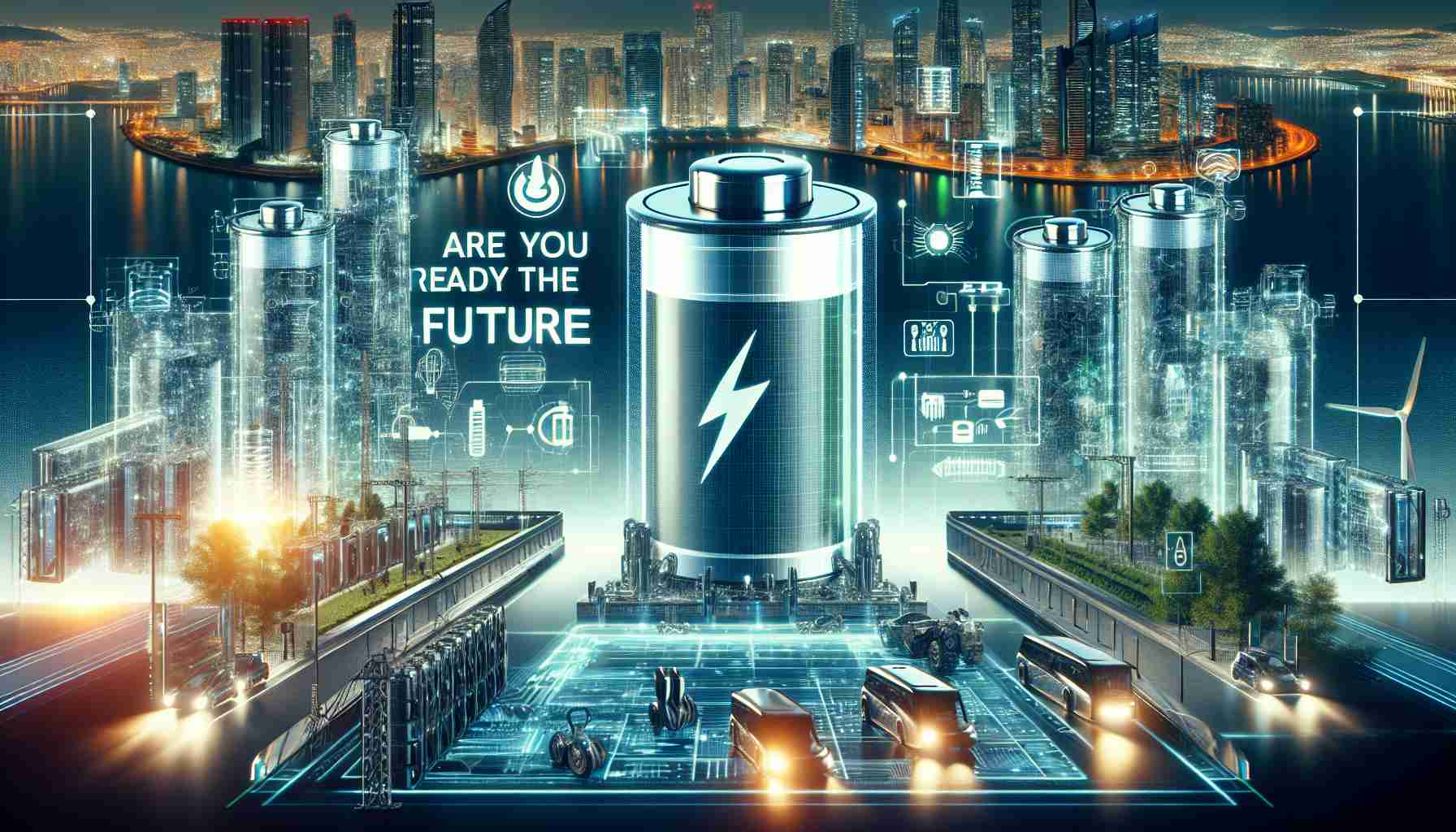The Rise of Stationary Battery Storage
As the demand for energy solutions grows, the world is witnessing a remarkable surge in stationary battery energy storage installations. According to BloombergNEF, this growth is largely attributed to improving market conditions and decreasing costs, which have opened the door for new opportunities.
The landscape of energy storage has significantly evolved since stationary batteries were originally overshadowed by electric vehicles (EVs). In the past, producers primarily focused on lithium-ion batteries for transportation and consumer goods, with stationary systems being an afterthought. However, the year 2024 marked a pivotal turning point. Battery manufacturers have started to recognize the potential of stationary storage solutions, leading to their expansion into the installation and integration of battery systems.
This new focus reflects a broader trend of prioritizing energy resilience and sustainability in power generation. With the increasing deployment of stationary batteries, both utility-scale and residential applications are gaining traction, offering consumers and businesses alike more reliable energy options.
As investments flow into this burgeoning sector, the evolution of stationary battery technology holds the promise of reshaping our energy future. The transition is not merely a trend; it is a necessary evolution for a world increasingly reliant on sustainable energy sources.
Powering the Future: How Stationary Battery Storage is Changing Energy Dynamics
The Rise of Stationary Battery Storage
The global energy landscape is undergoing a significant transformation with the rapid adoption of stationary battery storage solutions. This shift is driven by a combination of declining costs, technological advancements, and an increasing emphasis on renewable energy integration.
Trends and Innovations in Stationary Battery Technology
1. Advanced Chemistry Developments
Recent innovations in battery chemistry, such as solid-state batteries and flow batteries, are expanding the capabilities of stationary storage systems. These technologies promise greater energy density, enhanced safety, and longer lifespans compared to traditional lithium-ion batteries.
2. Integration with Solar and Wind Power
Stationary batteries are crucial for enhancing the efficiency of solar and wind energy systems. By storing excess energy produced during peak generation hours, these batteries ensure a stable and reliable energy supply during periods of low generation.
3. Smart Grid Technologies
The integration of stationary batteries into smart grid systems facilitates better energy management. With real-time monitoring and automation, these systems can optimize energy usage, reduce costs, and enhance grid resilience.
Use Cases for Stationary Battery Storage
1. Grid Stability and Energy Management
Utilities are increasingly employing stationary batteries to stabilize the grid during peak demand periods. By providing ancillary services such as frequency regulation and demand response, these systems help prevent blackouts and reduce outages.
2. Off-Grid and Backup Power Solutions
For remote areas or regions with unreliable electricity infrastructure, stationary battery storage provides essential off-grid solutions. These systems can store energy from renewable sources, ensuring consistent power availability.
3. Commercial Applications
Businesses are investing in stationary storage to manage energy costs effectively. By harnessing energy during off-peak hours and utilizing it during peak demand, companies can significantly lower their electricity bills.
Challenges and Limitations
Despite the promising outlook for stationary battery storage, several challenges remain:
– Initial Investment Costs: The upfront costs for purchasing and installing battery systems can be substantial, which may deter some potential users.
– Regulatory Hurdles: Varying regulations and standards across regions can complicate the implementation of stationary batteries.
– Environmental Concerns: As with all battery technologies, concerns surrounding the environmental impact of raw material extraction and battery disposal continue to be debated.
Pricing Trends
The rapid decline in the cost of battery systems, which has dropped by over 80% in the past decade, is expected to continue. As technology improves and economies of scale are realized, prices are anticipated to decrease further, fostering wider adoption across various sectors.
Security Aspects
The rise of stationary battery storage also brings to light several security implications. As these systems become integral to energy infrastructure, ensuring their cybersecurity is critical. Vulnerabilities in energy management systems could lead to disruptions and necessitate robust security measures to protect against potential threats.
Sustainability and Future Predictions
As nations strive to meet ambitious climate goals, stationary battery storage will play a pivotal role in facilitating the transition to a renewable energy future. With continued investments and research, the technology will likely evolve to become even more environmentally friendly, promoting circular economy principles through improved recycling processes and sustainable materials.
In conclusion, stationary battery storage is not only revolutionizing the way we think about energy management but also enhancing our capacity to integrate renewable energy sources, ensuring a sustainable and dependable energy future.
For more insights into energy solutions, visit energy.gov.













